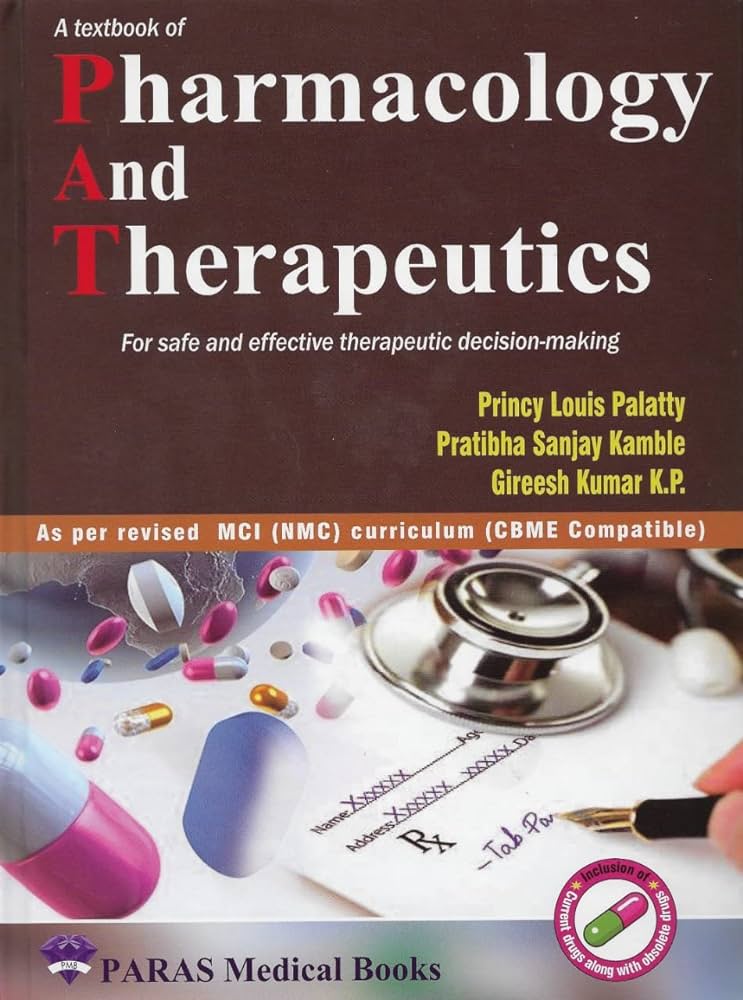Human PSC-derived liver cells and their applications for disease models and drug discovery
IF 12.5
1区 医学
Q1 PHARMACOLOGY & PHARMACY
引用次数: 0
Abstract
The liver comprises hepatic parenchymal cells, primarily hepatocytes, and non-parenchymal cells such as liver sinusoidal endothelial cells (LSECs), hepatic stellate cells (HSCs), and cholangiocytes. These cell types interact with each other to maintain homeostasis through metabolism, detoxification, and protein synthesis. Such cellular interactions also play crucial roles in regulating the onset and progression of liver diseases. Consequently, the development of in vitro multicellular liver models is vital for elucidating the mechanisms underlying liver diseases and for evaluating the efficacy and toxicity of novel therapeutic drugs. Given their ability to proliferate and differentiate into diverse cell types in vitro, human pluripotent stem cells (hPSCs), including embryonic stem cells and induced PSCs, offer valuable potential for generating various liver cell types and constructing liver disease models for drug discovery research. Furthermore, patient-derived or gene-edited iPSCs can be employed to model genetic liver disorders. This review summarizes the development of differentiation protocols for hPSC-derived hepatocytes, LSECs, HSCs, and cholangiocytes, as well as their applications in drug discovery research.
人psc来源的肝细胞及其在疾病模型和药物发现中的应用。
肝脏包括肝实质细胞,主要是肝细胞和非实质细胞,如肝窦内皮细胞(LSECs)、肝星状细胞(hsc)和胆管细胞。这些细胞类型相互作用,通过代谢、解毒和蛋白质合成来维持体内平衡。这种细胞相互作用在调节肝脏疾病的发生和发展中也起着至关重要的作用。因此,体外多细胞肝脏模型的发展对于阐明肝脏疾病的机制以及评估新型治疗药物的疗效和毒性至关重要。人类多能干细胞(human pluripotent stem cells, hPSCs),包括胚胎干细胞和诱导多能干细胞,在体外具有增殖和分化为多种细胞类型的能力,为产生多种肝细胞类型和构建用于药物发现研究的肝病模型提供了宝贵的潜力。此外,患者衍生或基因编辑的iPSCs可用于遗传性肝脏疾病的建模。本文综述了造血干细胞来源的肝细胞、LSECs、造血干细胞和胆管细胞分化方案的发展及其在药物发现研究中的应用。
本文章由计算机程序翻译,如有差异,请以英文原文为准。
求助全文
约1分钟内获得全文
求助全文
来源期刊
CiteScore
23.00
自引率
0.70%
发文量
222
审稿时长
90 days
期刊介绍:
Pharmacology & Therapeutics, in its 20th year, delivers lucid, critical, and authoritative reviews on current pharmacological topics.Articles, commissioned by the editor, follow specific author instructions.This journal maintains its scientific excellence and ranks among the top 10 most cited journals in pharmacology.

 求助内容:
求助内容: 应助结果提醒方式:
应助结果提醒方式:


